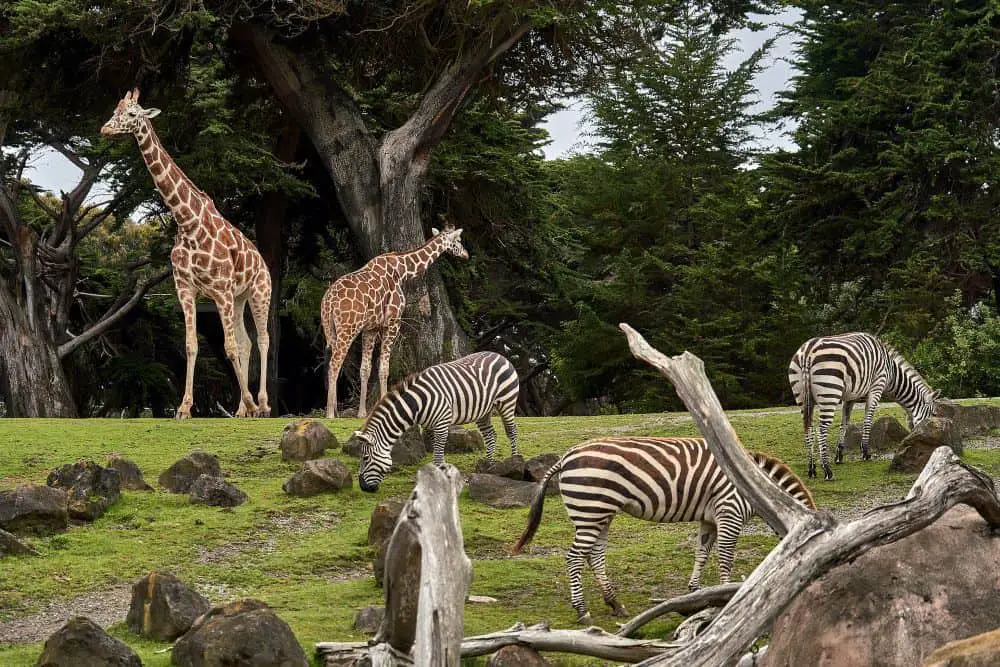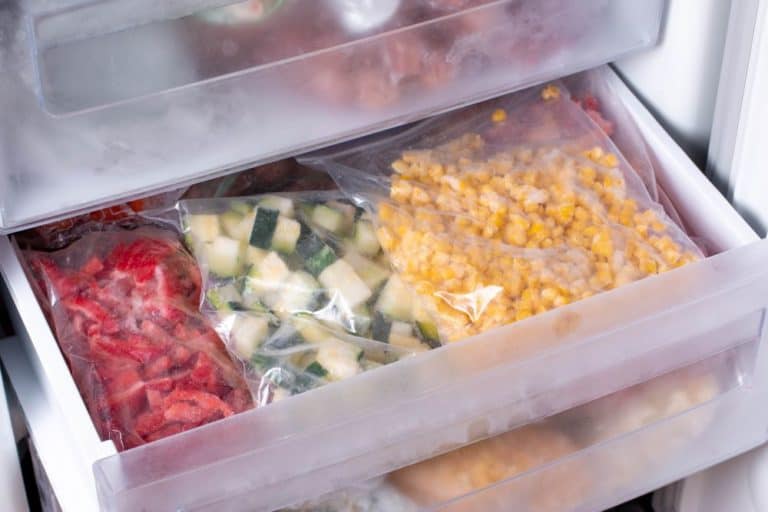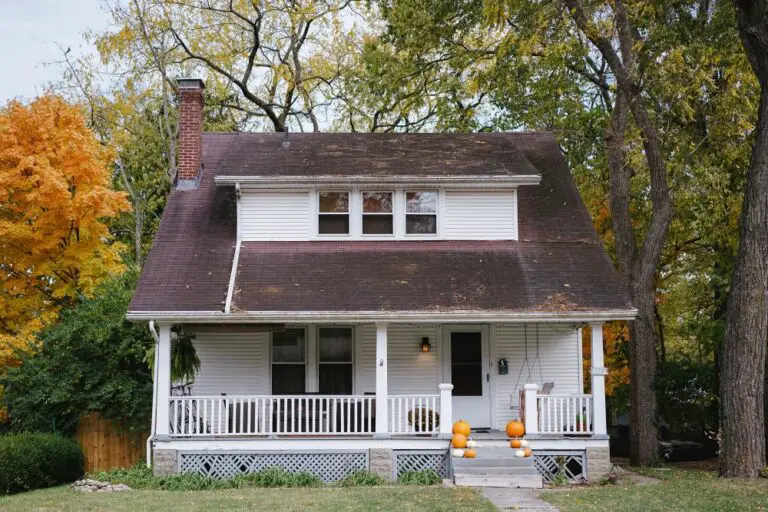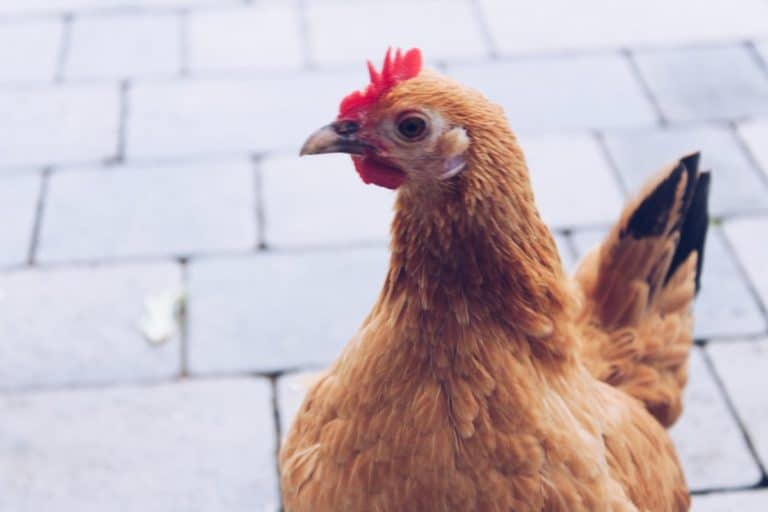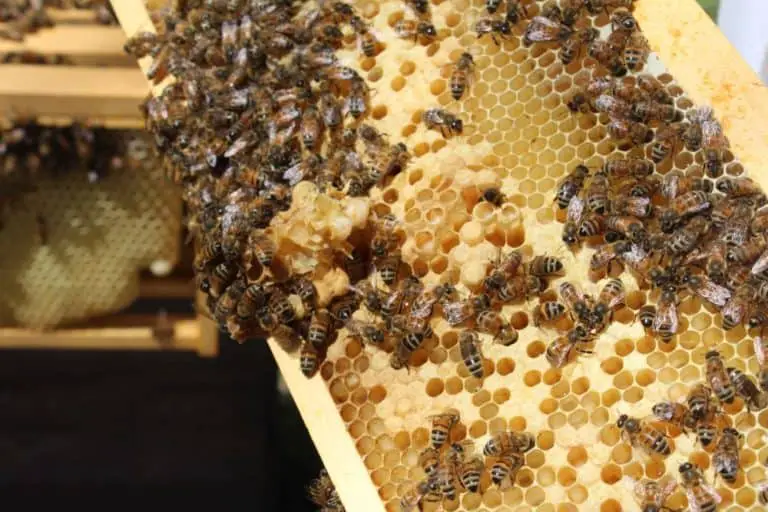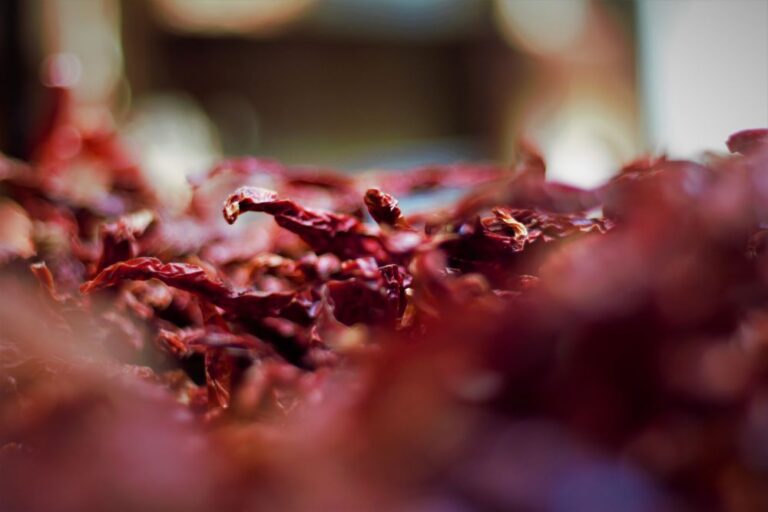Is It Possible to Have a Zoo off the Grid?
For those who really love animals, the thought of having lots of pets is not a big deal. But is keeping lots of pets and exotic animals, or starting a private zoo possible when you’re off-grid?
It is possible to have a zoo off the grid, but you’re likely to need a large budget to set it up successfully. Animals require significant resources to meet their needs and keep them safe. This will be even harder to achieve if you’re not connected to the grid.
Whether you just want to extend your livestock, get several more pets or keep exotic animals, it will need effective planning. Let’s take a closer look at some of the challenges you may face and how you might be able to overcome them.
Table of Contents
Will you have enough resources?
Almost all public zoos in the United States are owned by big companies or organizations that help pay for and provide the resources needed to keep that zoo running correctly. A smallscale zoo or private collection will need less, but it still may be more than you can provide if you’re off-grid.
These are some of the things to consider:
An adequate supply of clean water
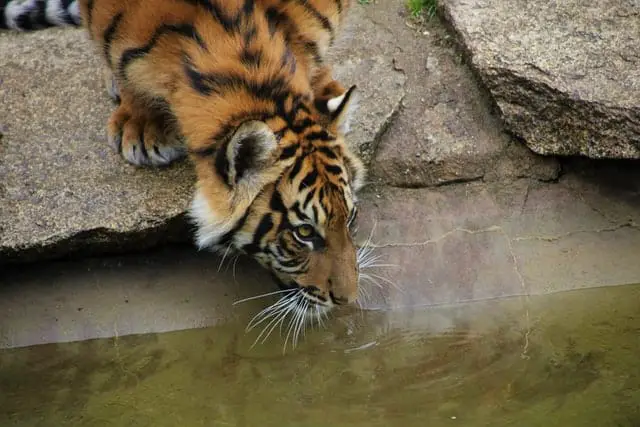
You will need to have access to plenty of water for your entire menagerie, and that means a lot of water. Not only will you need to provide it for drinking, but it’s also used for cleaning animals and their enclosures. Some species even need large ponds or tanks.
The average horse needs about 10 gallons of water a day. If you have ten horses, you will need at least 100 gallons a day just for them to drink. Are you able to get all that from your well? How many wells would you need to get that much potable water?
If your choice of animals is bolder, a tiger drinks about 20 gallons of water a day and an elephant needs 50 gallons a day, just for drinking. That is much more water than the average well can produce. And that does not even count the water for any other animals or your family.
Related reading: How to get an off-grid water supply without a well.
Potential solutions
Here are a few suggestions that may help you to overcome this issue:
- When setting up your off-grid home/zoo, look for places with an existing water source or capacity for multiple wells. Access to a river or large stream would go a long way to meet your needs.
- Install rainwater collection systems on every building. With animals, you often need lots of outhouses and shelters, which can provide many rain collection surfaces.
- Choose smaller animals so the amount of water the need is less.
- Remain connected to a city water supply. Although this may be a compromise of your off-grid goals, you may need to adjust your priorities to get enough water. You don’t have to just use city water, but it could be a valuable top-up for your off-grid water systems.
Do you have enough time to meet their needs?
Just having a cat or dog can be a full-time commitment, so having dozens of animals could take the cooperation of many people. When you’re off-grid, especially if you’re growing your own food, there are many jobs to keep you busy each day, and that’s without the extra responsibility of a large menagerie.
There is a reason why farmers get up at the crack of dawn. It takes all day to feed and care for all of their animals. And it usually requires the help of the whole family or hired hands. According to the International Career Institute, you might have to:
- Prepare food and feed the animals. Some species need several fresh meals throughout the day.
- Remove animal waste, uneaten food, or dirty bedding.
- Spray down any concrete areas, rake away leaves, and check the enclosures for any dirt that needs to be cleaned.
- Regularly check your animals for any health or behavioral issues.
- Engage the animals in play and activity to enhance their physical and mental wellbeing.
- Check security and that the animals are safe in their enclosures.
- During the evening and night, attend any emergencies such as illness or animals giving birth.
The list of chores can be pretty long, and that’s without the extra tasks that may be necessary on an off-grid zoo:
- Check that rain collection surfaces and solar panels are free of debris.
- Plant or check crops to ensure you have enough to feed your animals.
- Harvest and store plants for animal feed.
- Arrange for any maintenance to back-up generators and battery banks.
Potential solutions
- Share jobs out amongst your family. If you have a large family, who share your love of animals, make sure they all get a packed schedule of jobs.
- Make a detailed plan of all your jobs so you can quickly get into a routine.
- Look at ways to earn any money while looking after your animals, such as selling stock photos, writing informative blogs about your zoo or even selling manure and extra animal feed. You could do these as you go about your daily tasks, and they might stop you from having to find additional time for a day job.
Can you provide enough of the right foods?
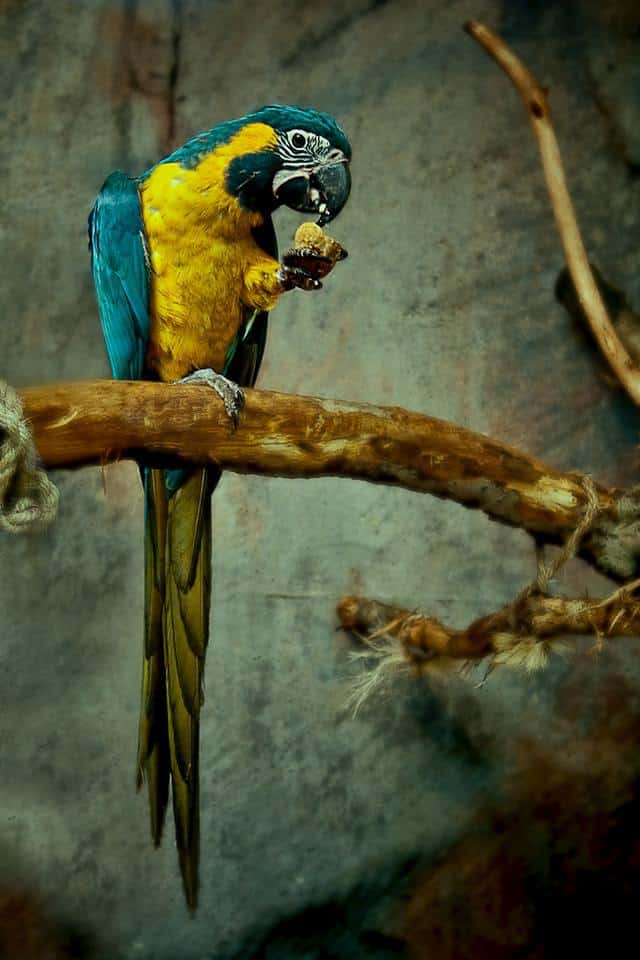
Most animals require large amounts of food every day. Some are easy to grow on small pieces of land, but others require more space and must be processed. Also, you may need to provide meat; for example, one tiger needs up to 25 pounds of meat a day. A gator eats about 10 pounds every few days.
Not only will you need to find a way to source all the food you need, but you’ll also need adequate storage. Most meat will need to be kept frozen until you need it.
Related reading: How much land do you need to be self-sufficient?
Potential solutions
- The easiest way to approach this problem is to keep smaller animals who eat simple, easy to produce foods. That way, you can provide for their needs yourself, and you won’t need to buy lots in.
- If you do want to keep larger animals, you may need to save enough money to provide for them or find a way of producing an income.
Do you have a reliable supply of energy?
Living off the grid means you’re likely to have renewable energy like solar or wind power. And with several pets or a small zoo, you’ll need more than most people living off the grid. Depending on the types of animals you keep, you may need to run heating or cooling systems, water pumps, food refrigeration and lighting.
If you can afford to set up enough solar panels or wind turbines, they’re a great source of affordable power. In the long run, they’re the cheapest way to get enough energy, but there are additional factors involved that may make them unsuitable for your home and zoo:
- The initial set up cost – A 10kW solar panels system can cost as much as $30,000. A small wind turbine of up to 15kW can cost up to $75,000.
- They can take up a lot of space – Depending on where you live; there are restrictions on where you can put wind turbines and how close they can be to buildings and boundaries. A 10kW solar system will need between 600 to 700 square feet of roof space.
- There can be ongoing maintenance and replacement costs – Most solar panels and wind turbines can last about 25 years, but wiring and energy storage may need maintaining more regularly.
- They require enough sun or wind to produce energy – The major problem with solar and wind power is that it’s only produced when the sun is shining or the wind is blowing. To deal with this, you will need a large battery bank and a back-up generator (or several). The battery bank will provide you with a few days of stored electricity, and the generator can be used to top up your batteries when the panels or turbines aren’t working. The issue with this is that batteries often only last between 2 and 10 years before they need replacing. Back-up generators need to be serviced regularly and will require a supply of diesel, gas or propane.
Related reading: How many solar panels do I need to run my off-grid home?
Potential solutions
- Don’t set up your off-grid home or zoo until you have enough money to set up enough renewable energy systems and reliable back-ups.
- If you’re keen to get going, you could start while still tied to the grid and then build up your solar panels or turbines one at a time. This way, you may be able to spread the cost over a more extended period.
- You could also remain connected to the grid as a back-up instead of getting a large battery bank and generators. The grid could supply the energy on cloudy or wind-free days, and then when you can afford it, you can create an off-grid back-up system and disconnect from utilities when it’s in place.
Additional resources to consider
There are also a few other things necessary to successfully caring for several animals:
- Reliable lines of communication – You will need a decent internet and phone connection to get help in the case of sickness or emergency (for you and your animals).
- Veterinary assistance – Having a vet close by or within easy reach becomes more important, the more animals you have. Many larger zoos employ vets to be on the premises full-time.
- Legal expertise – This may be necessary to make sure you are following all of the ordinances and regulations of your state and city.
What animals can you have?
Whether you want to house lots of livestock, pack your house with pets or go exotic, you’ll need to pay close attention to what species are legal in your area.
Which Animals Are Illegal in Most States?
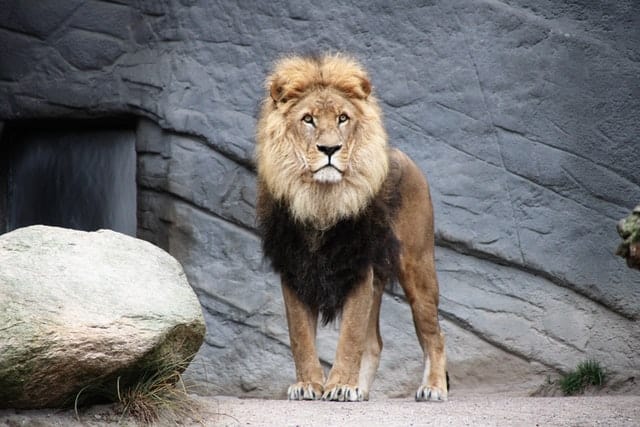
Some states, like California and Hawaii, are very particular about what kinds of animals you can keep. Most of the animals that are illegal in all states make a lot of sense, and safety is a significant factor. Let’s look at the animals that are typically illegal and why they are.
Carnivores and endangered animals are the most common to be illegal in many states. Some commonly restricted species include:
- Viverrids (palm civets, bearcats, oyans, and genets)
- Wild skunks
- Procyonids (ring-tailed cats, kinkajous, and raccoons)
- Mustelids (Asian otters, weasels, ferrets, and polecats)
- Medium and small cats, including Asian leopards, bobcats, caracals, and servals
- Hyenas
- Canines including wolf hybrids, wolves, silver foxes, red foxes, and fennec foxes
- Bears such as brown bears, sun bears, and black bears
- Big cats including leopards, cheetahs, lions, mountain lions, and tigers
What States Are the Least and Most Lenient?
Hawaii is the most particular because it is an island, and certain species can significantly disrupt the ecosystem. Their laws are so restrictive that the only pets you can have are cats and dogs. And even they have to be quarantined for some time when entering the state.
Nevada is the most lenient state with the least exotic pet laws. You can have just about anything you want there, including:
- Wolves
- Elephants
- Monkeys
- Tigers
- Kangaroos
- Sloths
You can’t have raccoons, foxes, alligators, venomous snakes or coyotes in Nevada, but most other species are acceptable.
Other legal exotic animals
If unusual or exotic animals are your thing, and you don’t live in Nevada, you still have plenty to choose from:
- Tarantulas (in all states except Hawaii)
- Llamas (in all states except Hawaii)
- Boa Constrictors (in nearly all states)
- Anteaters (in nearly all states)
- Cougars (in 39 states)
- Tigers (in 18 states)
- Servals (in 18 states)
- Monkeys (in 17 states)
- Skunks (in 17 states)
- Foxes (in 15 states)
- Alligators (in 5 states)
- Kangaroos (in 3 states)
- Sloths (in 3 states)
- Capybara (in Pennsylvania and Texas)
In some states, you can even keep big cats. These include:
- Montana
- West Virginia
- Indiana
- Mississippi
- Texas
- North and South Dakota
- Missouri
- North Carolina
- Nevada
Is it legal to start a private zoo?
To legally start a zoo, there are relatively few legal restrictions. You will need to apply for a license and follow the rules set out in the Animal Welfare Act. However, importing animals across state lines, keeping them safe and healthy is a significant legal and moral responsibility.
While it may be legal to start a zoo, you should only consider it if you’re in the position to do so safely and effectively.
Conclusion
Regardless of whether you have a small herd of horses or a few tigers, you have to be sure that you will have the resources to take care of them. Zoos are often controversial because it can be hard for them to meet the needs of animals that are best suited to wild environments. Although it may be possible to look after numerous pets or even set up a private zoo, the challenges will be more significant if you’re off-grid.
The best way to achieve your dream of an off-grid zoo is to start small and build up slowly. This could mean just starting with one or two low maintenance animals or several smaller ones. This way, you will get to know what is possible and be certain that you can care for them adequately.
Check out my recommendations for equipment that will help you take your home off-grid.
My Off-Grid Product Recommendations
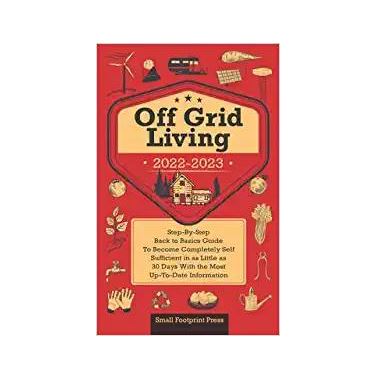
Useful Book: Off Grid Living 2022-2021 – This incredible step by step guide is a great read and gives you useful information about reaching self-sufficiency in just 30 days. Get the paperback on Amazon or read it free with a Kindle Unlimited subscription or listen to the audio version with Audible Plus membership.
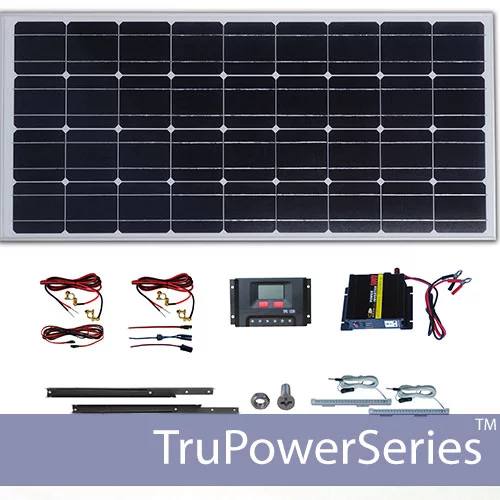
Small Solar Panel Systems: Silicon Solar – This is an excellent company that offers lots of products to get you started on your solar journey. Visit Silicon Solar.
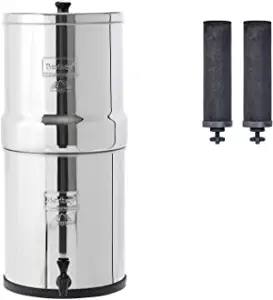
Family Water Filter: Big Berkey – For a fast, affordable water filter with no plumbing required, you can’t beat a Big Berkey gravity-fed filter like this one from Amazon.
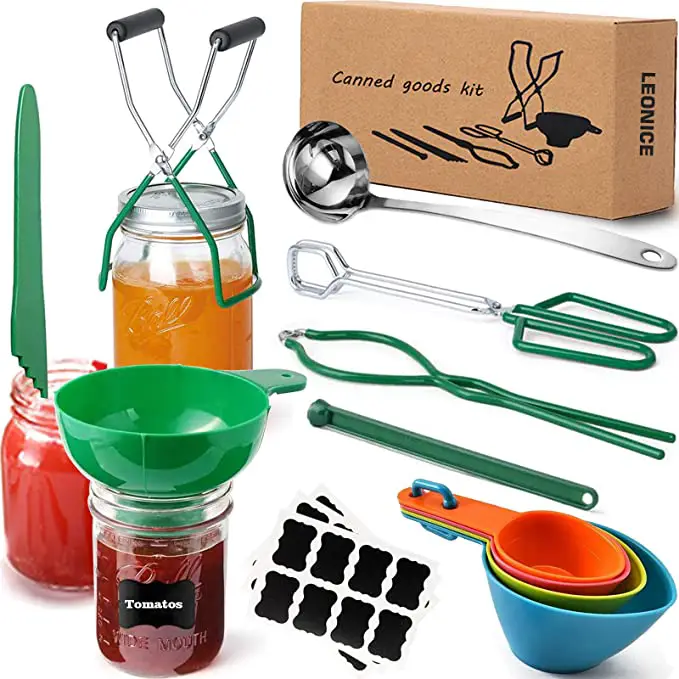
Canning Equipment – This canning starter kit, 22-quart Barton pressure canner and twelve-pack of Ball 16oz mason jars will help you preserve food as you work towards self-sufficiency.
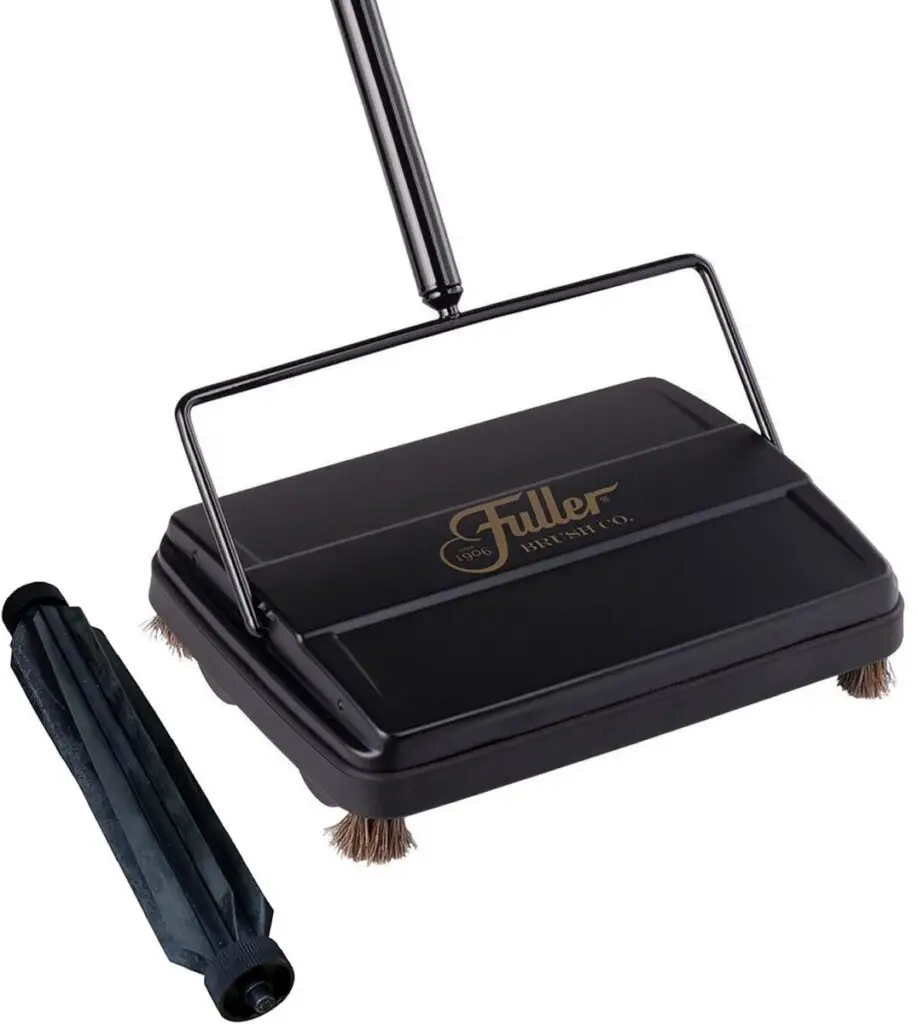
Cleaning: Fuller Carpet Sweeper –. This carpet sweeper is an ideal way to keep your home clean without using up your energy stores on vacuuming.

Handy Knife: Gerber Serrated Paraframe – This handy all-purpose knife is lightweight and ideal for all those little jobs around your home and garden.
